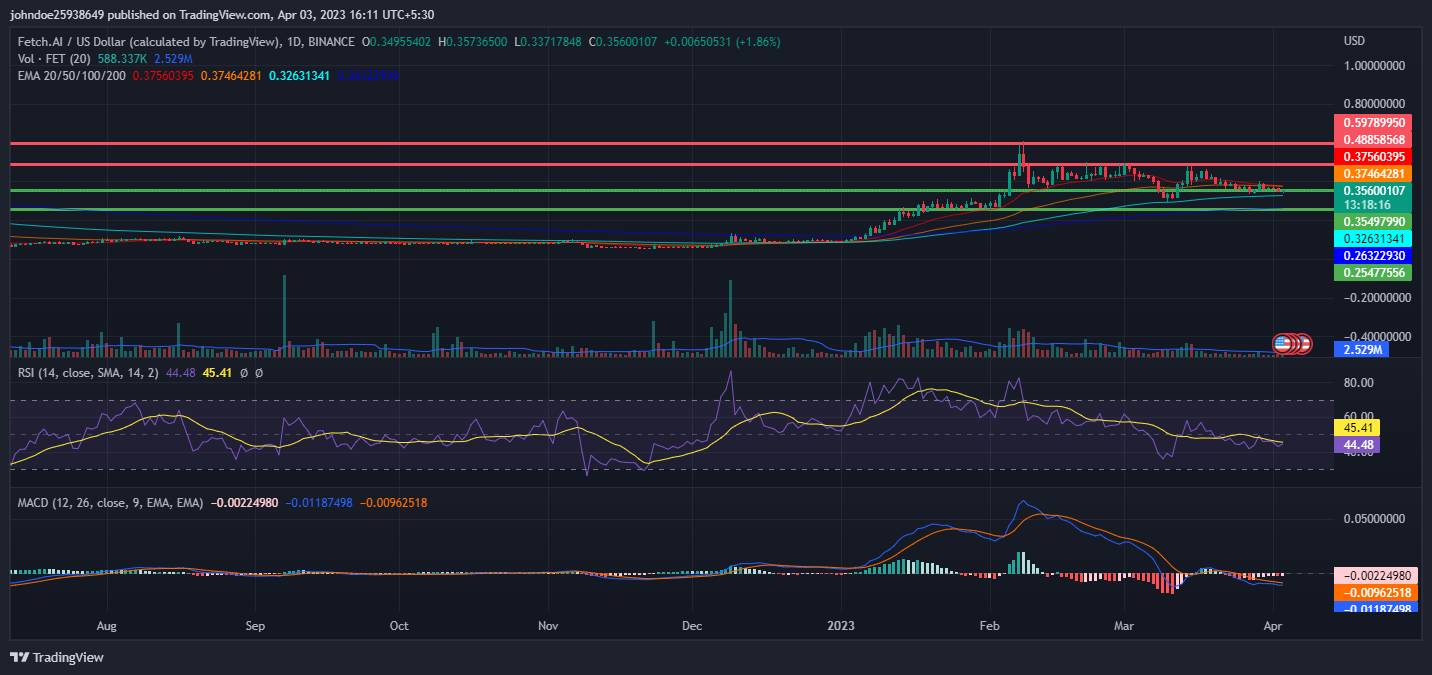With blockchain gaming taking up an increasingly large share of on-chain DApp activity, the likes of Polygon and Wax appeal to developers with low gas fees and by driving down the cost of minting NFTs. Not to be outdone, Solana recently went live with a new upgrade that allows for mass-minting at a fraction of the previous cost.
As blockchain gaming matures, the different underlying technologies that enable the space are battling it out for a piece of the action.
Polygon Sees Surge in Activity
Thanks to a 53% monthly surge in daily active wallet users in the gaming space, in March. Polygon overtook Hive to become the second most popular gaming chain after Wax, DappRadar recently reported.
The analysis shows that Wax still dominates the space in terms of wallet activity. With blockchain gaming accounting for a growing share of all DApp activity, Polygon’s success points to increasing competition in the space.

But what exactly draws blockchain gaming projects to certain platforms?
For starters, the ability to scale easily and without racking up hefty transaction fees is critical. Games developers in search of rich smart contract functionality and ample transaction processing capacity have found a welcome home in ecosystems built on Wax and Polygon and protocols.
While deploying ERC721 tokens directly to the Ethereum Mainnet has proven popular in digital art. For example, the associated gas fees make such a solution inappropriate for the mass-minting of NFTs usually required by gaming applications.
Instead, their ability to mint large batches of tokens at once without breaking the bank has allowed alternative solutions to shine.
Of course, in terms of bringing down transaction costs and enhancing scalability. It isn’t just game-friendly blockchains like Wax that have been busy. In recent years, a handful of layer-one solutions like Solana have caught the attention of developers of all kinds.
Solana Introduces Efficient NFT Minting Mechanism
Moreover, in a move that will likely appeal to emerging blockchain gaming projects, on Thursday the Solana Foundation announced the introduction of state compression. A new, more efficient way to store data on-chain.
By taking advantage of Merkle Trees, a type of data structure that allows quick and secure verification across large datasets, state compression has some important implications for the way NFTs are minted and stored on the Solana blockchain.
The latest upgrade will have a dramatic impact on the cost of minting new tokens. Because it enables a more compression-friendly data structure. Solana says compressed NFTs are 2,400-24,000x cheaper than their uncompressed counterparts. This will allow developers to mint 100 million for as little as 50 SOL.
Based on cost data taken from April 5, the Solana Foundation shows that the cost of creating the new compressed NFTs is now cheaper than using Ethereum by magnitudes of scale. In fact, state compression makes the cost to Solana developers more comparable to using Polygon. It is even significantly cheaper when batch-minting at the scale of millions.

Many gamers may not be that interested in the underlying technology of any given game. This includes unnecessary fees, and expensive play could have a detrimental impact on its user base.
As such, technical developments that make releasing new in-game items and features at scale more affordable are an attractive proposition.
 beincrypto.com
beincrypto.com